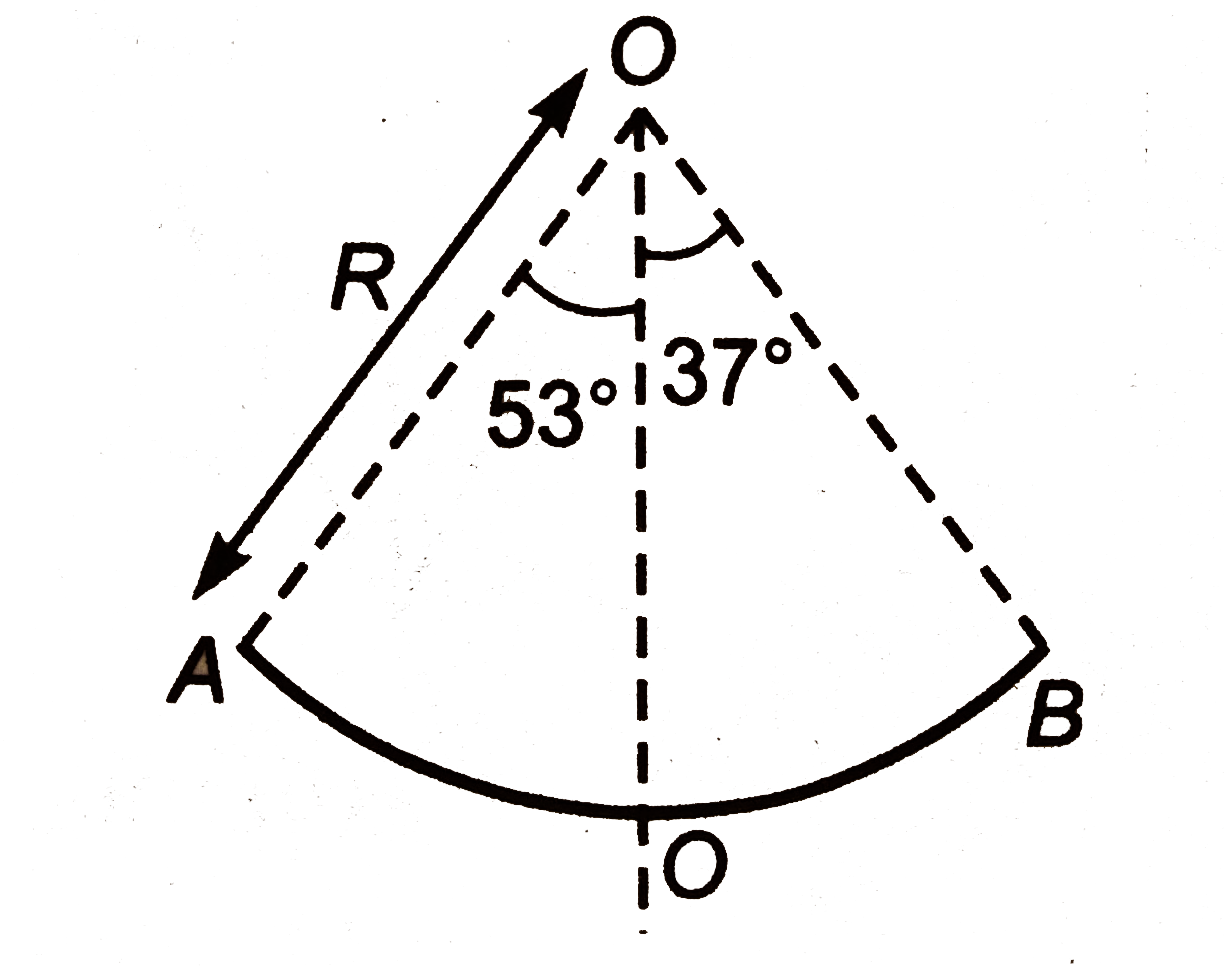Drooping of Tamarind leaves after sunset is
Phototropism
Phototaxis
Photonasty
Chemotaxis.
The correct Answer is:C
Step-by-Step Solution:
1. Understanding the Question: The question asks about the phenomenon of tamarind leaves drooping after sunset. This indicates a specific type of movement or response in plants.
2. Identifying the Options: The options provided are:
- Phototropism
- Phototaxis
- Photonasty
- Chemotaxis
3. Defining Each Term:
- Phototropism: This refers to the growth of a plant in response to light direction. Plants bend towards light sources.
- Phototaxis: This is the movement of an organism towards or away from light. It is primarily observed in motile organisms, not in plants.
- Photonasty: This refers to a non-directional movement in response to light, such as the opening and closing of flowers or leaves, regardless of the light source's direction.
- Chemotaxis: This is the movement of an organism in response to chemical stimuli, not applicable to the question.
4. Analyzing the Phenomenon: The drooping of tamarind leaves after sunset is a response to the absence of light. This is not a directional movement but rather a reaction to the change in light conditions.
5. Conclusion: Since the drooping of the leaves is a non-directional response to the absence of light, it is best described by the term Photonasty. Therefore, the correct answer is Photonasty.
- Phototropism
- Phototaxis
- Photonasty
- Chemotaxis
- Phototropism: This refers to the growth of a plant in response to light direction. Plants bend towards light sources.
- Phototaxis: This is the movement of an organism towards or away from light. It is primarily observed in motile organisms, not in plants.
- Photonasty: This refers to a non-directional movement in response to light, such as the opening and closing of flowers or leaves, regardless of the light source's direction.
- Chemotaxis: This is the movement of an organism in response to chemical stimuli, not applicable to the question.
Topper's Solved these Questions
- Plant Growth and MovementsBOOK - DINESH PUBLICATION ENGLISHCHAPTER - Plant Growth and MovementsEXERCISE - CYG
20 Videos
- Plant Growth and MovementsBOOK - DINESH PUBLICATION ENGLISHCHAPTER - Plant Growth and MovementsEXERCISE - BRAIN TEASERS-IV
41 Videos
- Plant Growth and MovementsBOOK - DINESH PUBLICATION ENGLISHCHAPTER - Plant Growth and MovementsEXERCISE - BRAIN TEASERS-IV
41 Videos
- PLANT BREEDING AND DISEASE CONTROLBOOK - DINESH PUBLICATION ENGLISHCHAPTER - PLANT BREEDING AND DISEASE CONTROLEXERCISE - Check your Grasp
10 Videos
- PLATYHELMINTHES-THE FLAT WORMSBOOK - DINESH PUBLICATION ENGLISHCHAPTER - PLATYHELMINTHES-THE FLAT WORMSEXERCISE - check your grasp
9 Videos
Similar Questions
Leaves of ferns are
View SolutionIn Tamarind (Imli) the pinnate leaf is
View SolutionLeaves are situated on
View Solutionin isobilateral leaves
View SolutionDrooping/folding of legume leaves in dark is
View SolutionDrooping of leaves due to loss of turgor at noon but recovery in the evening is referred to as
View SolutionCacti storing water in leaves are
View Solutionin dosiventral leaves
View SolutionA section of fixed smooth circular track of radius R in vertical plane is shown in the figure. A block id released from position A and leaves the treack at B The radius of curvanture of its trajectory just after it leaves the track B is ?

View SolutionAgranal chloroplasts are found in the
(a) Mesophyll of pea leaves
(b) Bundle sheath of mango leaves
(c) Mesophyll of maize leaves
(d) Bundle sheath of sugarcane leaves
View Solution
